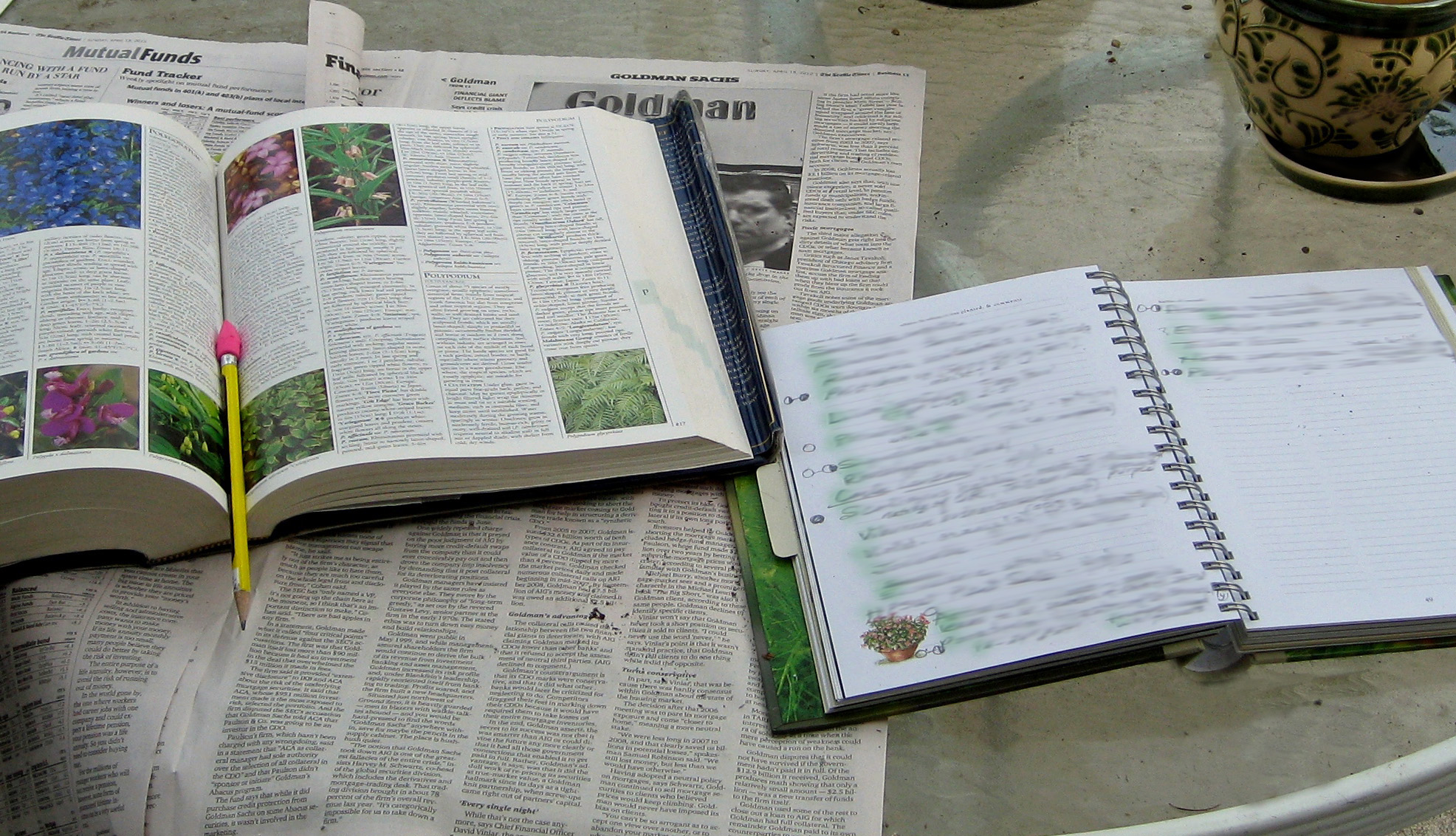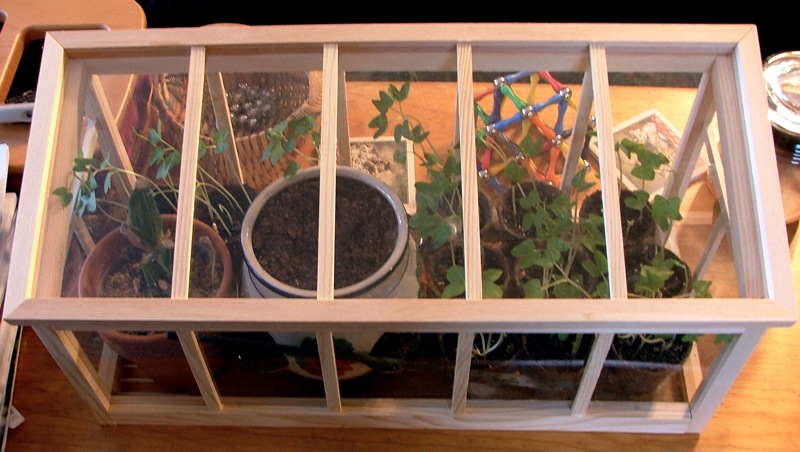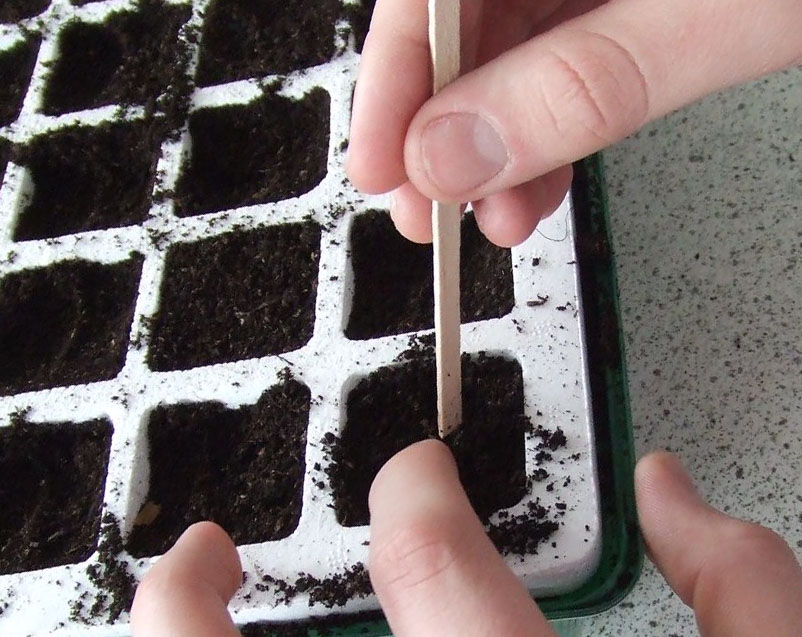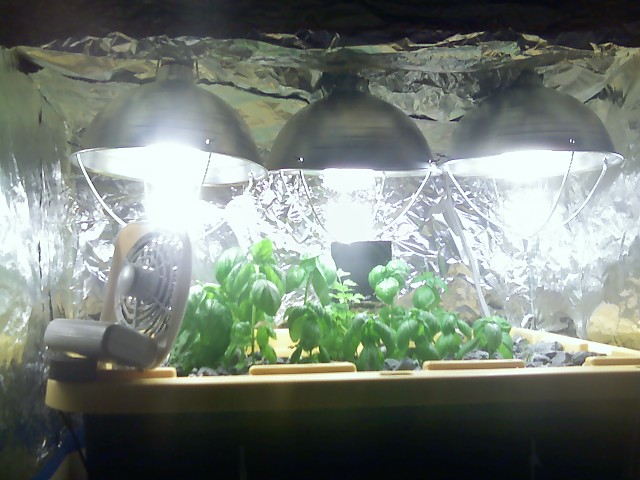Over the past few years I have started using fresh herbs in the summertime instead of relying on store bought dried ones that never seemed to have quite the same flavor boost. It’s also been very satisfying to be able to step outside to my kitchen garden and clip a few sprigs from plants that I have grown and nurtured. Now that we are living in a new home with an almost totally barren yard, I don’t have a real herb garden established yet. The ones that I had in pots on the deck last summer definitely didn’t make it through the sub-zero temperatures we’ve periodically had here. It’s sad, but then again it’s an opportunity to experiment with something new.
Since I have become somewhat particular about which varieties of herbs I prefer, I have decided to become proactive and start the majority of my own plants from seed indoors. By ordering specific varieties and starting them myself, I can have exactly the ones I want instead of just taking what is available from the area suppliers. My plants will be ready to go outdoors when the temperatures are stable and I will also be able to keep a fresh crop of my favorite herbs growing all year long. Considering the cost of individual herb plants here, I will also save a bit of my gardening budget to spend on other plants. If you enjoy fresh herbs, you might consider growing your own.
Since many kitchen herbs are notoriously slow to germinate (sometimes up to three, four or more weeks even with perfect conditions), now is the time to begin some serious planning, ordering and sewing for summer herbs. First, create a list of your “must have” and then your “could be fun” herbs. Decide if you will grow your herbs outdoors in a designated bed or a collection of pots or indoors as a windowsill garden. If you are like me, your list of must haves and could be fun choices will overtake your actual space. Herbs, like most plants, will survive if planted close together, but will thrive if given the proper breathing space and growing conditions.
Once you’ve made your decisions, then it’s time to purchase the seed. Since I have some specific varieties I like, my preference is to order my seed directly from the seed companies rather than off a standard rack in a store. I have had good luck with both Burpee and Park seed for years; there are also countless other companies available online.
Starting herb seeds indoors can be either uniquely rewarding or totally frustrating, depending on which herbs you choose and the environmental conditions that you create. If you haven’t germinated seed indoors before, it’s probably best to start with some of the easier herbs like basil, chives, cilantro, dill, parsley spearmint and peppermint. (Other varieties of mints such as chocolate or orange are not true to seed and therefore are better propagated from cuttings.) Using one of the tabletop greenhouses available for purchase at most garden centers and through some of the major seed companies can also help the beginner control the conditions.
For most herbs, sew the seeds into plastic flats with cells using a lightweight seed starting mix rather than potting mix or soil. The lightweight mix lets the tiny seedlings easily push through while the individual cells allows you to start multiple varieties of herbs in the same space. Transplanting into plantable containers (peat pots) or decorative pots when the seedlings mature is an easy process with little damage to the protected root system. Some herbs though, do not transplant well. It is usually best to sew parsley and cilantro directly into plantable containers or, if you are going to use them as potted herbs, the pots in which they will be grown. Slower germinating seeds can be soaked in water prior to planting in order to speed the germination process.
While your seeds are germinating, you want to keep the soil moist but not drenched and the tray warm. Bottom heat is especially effective. Keep the tray out of direct sunlight until the seeds have sprouted and begun to grow. When several pairs of true leaves emerge, then you can transplant them into plantable pots such as peat pots.
In order to flourish indoors, herbs need a strong light source. To develop vigorous, healthy plants, place the transplanted herbs in a west or south facing window that receives 6 to 8 hours of sun or under a grow light for up to 14 hours per day. Seedlings without adequate light will be weak and spindly and will not transplant well.
Temperature and humidity are the other important factors. Most herbs prefer indoor temperatures around 70 degrees F and moderate to high humidity. A tabletop greenhouse can help control humidity levels. Without one, a little higher humidity can be produced by placing pots on pebbles in a tray with water. Make sure that the pots do not actually sit in the water. As the water in the tray evaporates, the moisture level in air surrounding the plants will rise. An occasional light misting is also a good idea.
If your herbs will be outdoors either planted in a bed or growing in pots, they do need to be hardened off. To harden them, place them outside in a shaded area for a few hours, then bring them back inside. Repeat the process for a few days (3 or 4), but increase the time outdoors each day. The final day the plants should spend an entire day outside. Then, follow the same routine but in a sunny location. After a week to ten days, the plants should be ready to remain outdoors.
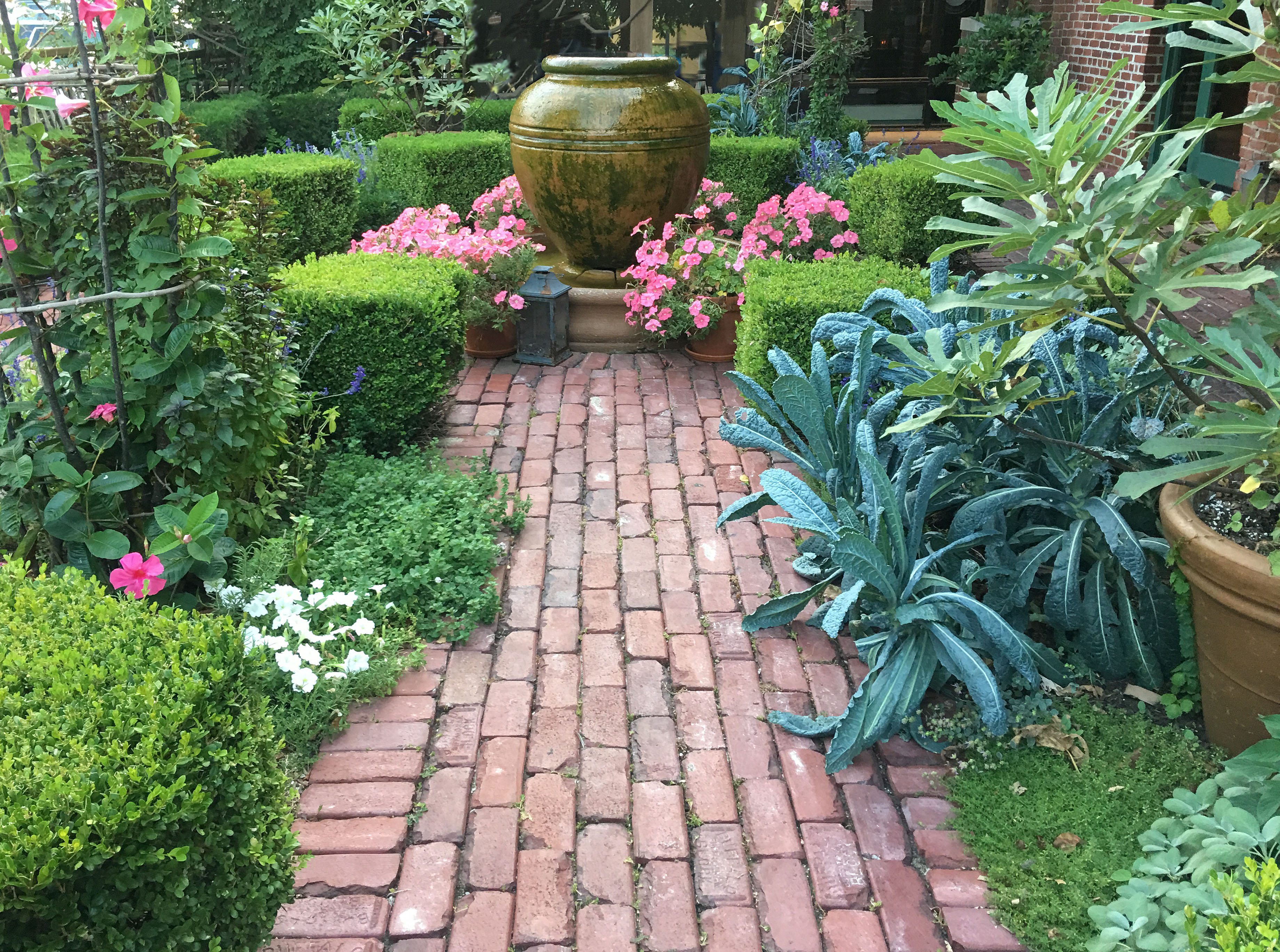
With the weekend ahead and the weather here promising, it’s the perfect time to get outside for a few minutes and consider all of the options for including a kitchen herb garden in the overall design of the yard. An experienced designer, like those at Embassy Landscape Group will take your ideas and translate them into a space that will be both functional and beautiful. I know that you can rely on them to help your dreams grow. Give them a call today.

